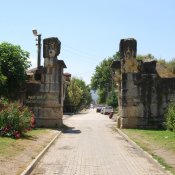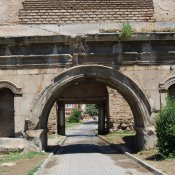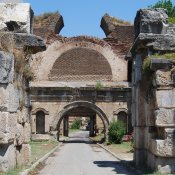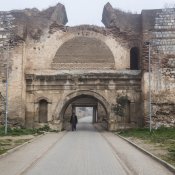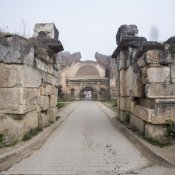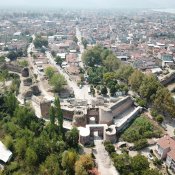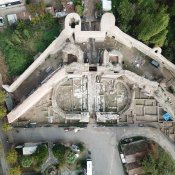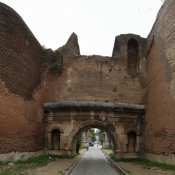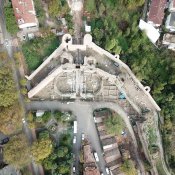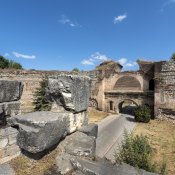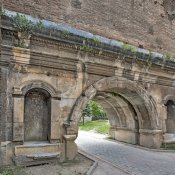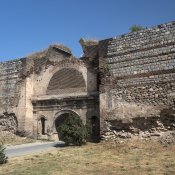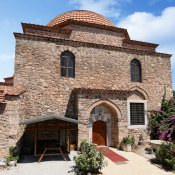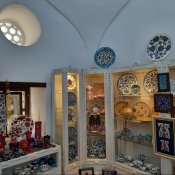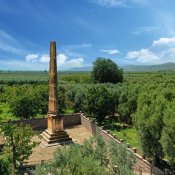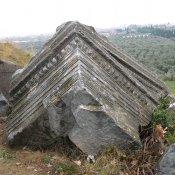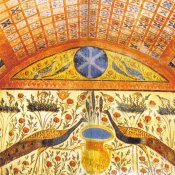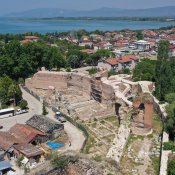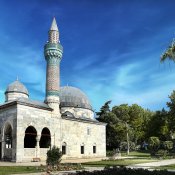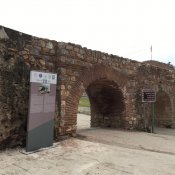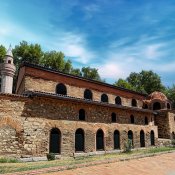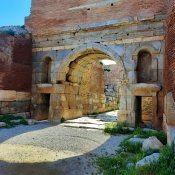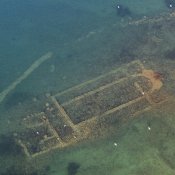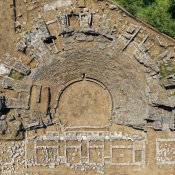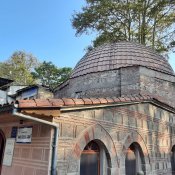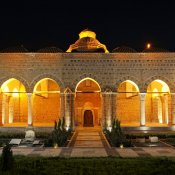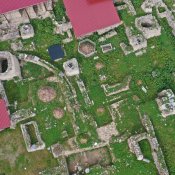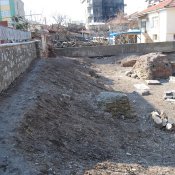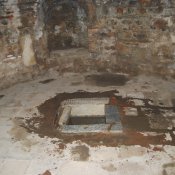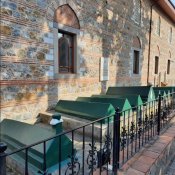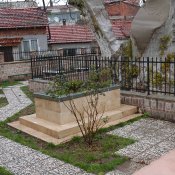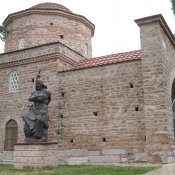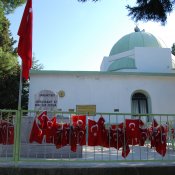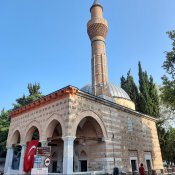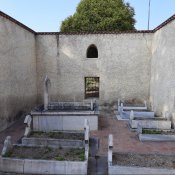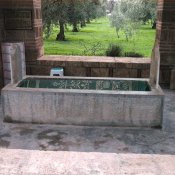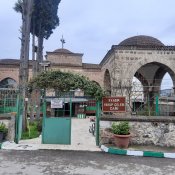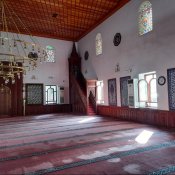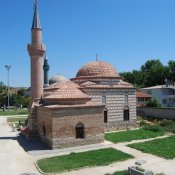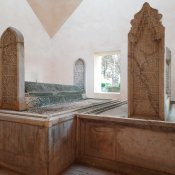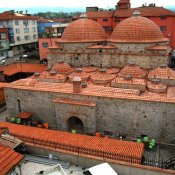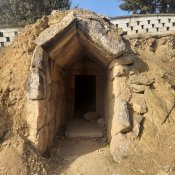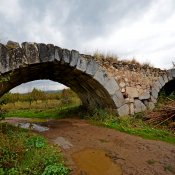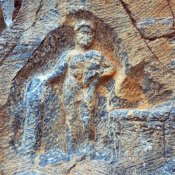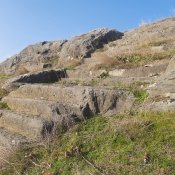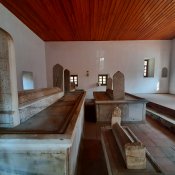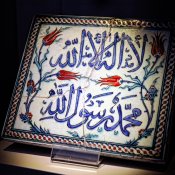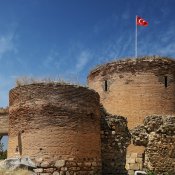İstanbul Gate/İznik
İstanbul Gate/İznik
It is named as Istanbul Gate as it is located on Istanbul Road. This architectural complex that constitutes the north entrance of the city has phases belonging to different periods. It is originally an ‘Arch of Honor built to show the honor and reputation of the city rather than a structure belonging to the defense architecture. The architecture of Istanbul Gate is similar to Lefke Gate as the east entrance of the city. This construction phase dates back to the Roman Empire Period. It was built by M. Plancius Varus, who assumed the role of the governor for Bithynia State, during the periods of the Roman Emperors Vespasianus and Titus in the second half of the 1st century AD, with the financial support of Gaius Cassius Khrestos from Nicaea.
The structure was repaired and renovated with the financial supports of the Emperor Hadrian following the earthquake that occurred in 120 AD. . It is concluded that the city did not pay attention to the defense architecture of the city as it was not exposed to any external threat until the 3rd century AD. In this period, the city was exposed to the invasion of the Goths and built the city walls to meet its defense needs. In this way, a two-gate entrance was built at the north entrance of the city on the same axis in the 3rd century AD, with one gate united with the city walls (the gate where the Arch of Honor exists) and the other gate being in the city side.
In the 13th century, Nicaea strengthened its defense architecture by adding the second city wall to the front of the city walls built in the 3rd century AD.



